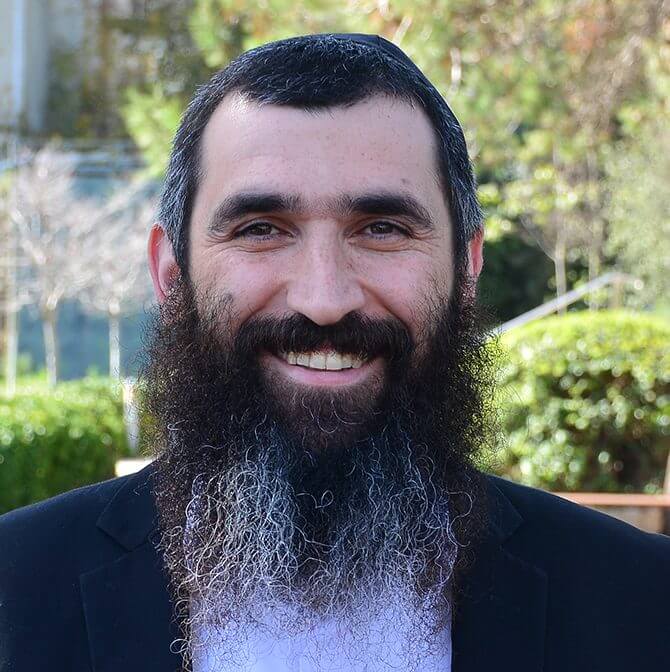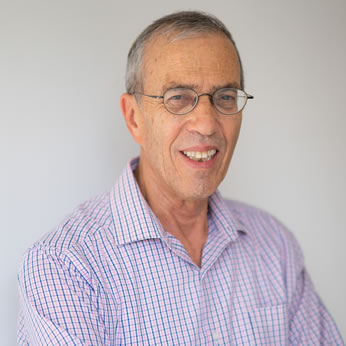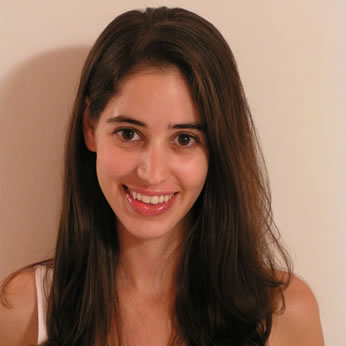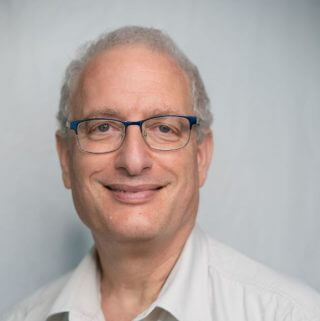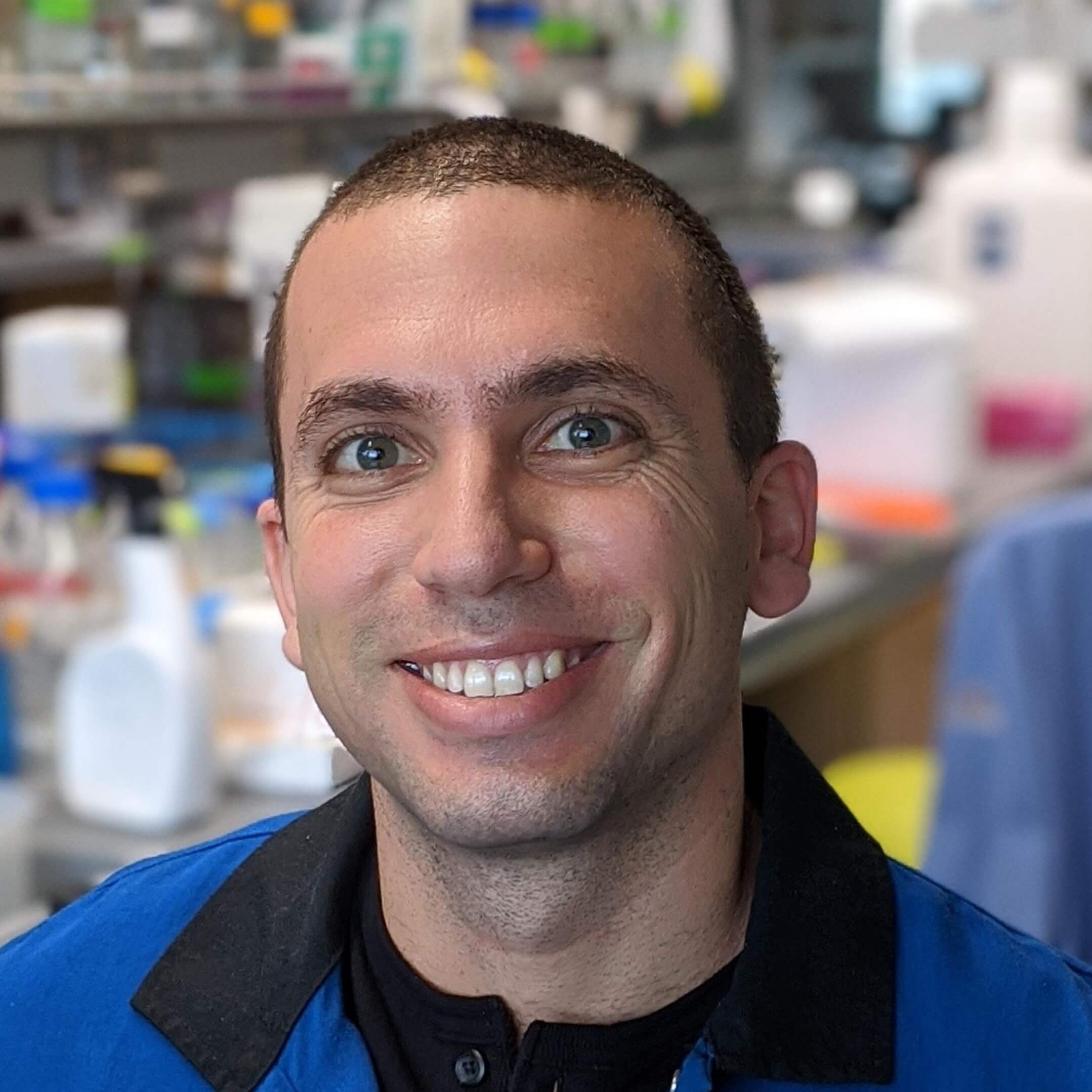כימיה אי אורגנית וביו – אי אורגנית
כימיה קואורדינטיבית
The group of Zeev Gross studies the unique coordination chemistry of transition- and post-transition metal ions, chelated by trianionic corroles. This includes the extraordinarily large stability of high-valent metals & the outstanding reactivity of low-valent metal complexes, used for oxidation and reduction catalysis of the most important energy-relevant processes. Tuning of the photophysical and chemical properties of the metallocorroles is achieved via design of selective syntheses, investigated by both theory and spectroscopy, and utilized for a variety of photo-driven transformations. Supramolecular assemblies are designed for inducing selectivity of chemical reactions relevant to clean energy, such as the reduction of water’s protons to hydrogen gas and the selective 4e-/4H+ reduction of molecular oxygen to water.
Metal-binding biopolymers play a significant role in processes such as folding, recognition and catalysis due to their high affinity towards specific metal ions, which they bind selectively from the cellular pool. Many enzymes can bind two or more metal ions, each at a specific binding site, to enable efficient cooperative function. Imitating these abilities might lead to the production of biomimetic materials such as unique chelators and catalysts. The Maayan’s group study the interactions between peptidomimetic oligomers called peptoids and biologically relevant metal ions and demonstrate biomimetic function such as (1) selective recognition and binding of one metal ion from a mixture solution, (2) selective binding of two metal ions in two different binding site via self-assembly, cooperative binding and folding upon metal coordination.
Despite recent advances in organometallic and inorganic chemistry, the activation and conversion of small molecules under ambient conditions remains challenging. In our lab, Graham de Ruiter, we try to solve these challenges by designing new inorganic/organometallic materials that are able to use photons and electrons in order to convert these small molecules (e.g. CO2, N2, O2) into value added chemicals.
Our approach focusses on synthesizing novel transition metal complexes that – upon light irradiation – are able to:
(i) Change their chemical environment (ii) Utilize photo-redox process to generate highly oxidizing/reducing metal centers
By self-assembling these metal complexes unto solid surfaces, we can use the superior properties of inorganic and semiconductor materials – in light-harvesting and electron transfer – to fabricate new supramolecular architectures that can be used in catalysis and small molecule activation. The physicochemical properties of these newly synthesized materials will be investigated with a wide variety of analytical techniques including spectroelectrochemistry.
Other research directions will build upon our experience in small molecule activation, and use these principles to develop a new class of organometallic polymers that relies the activation of N2.


